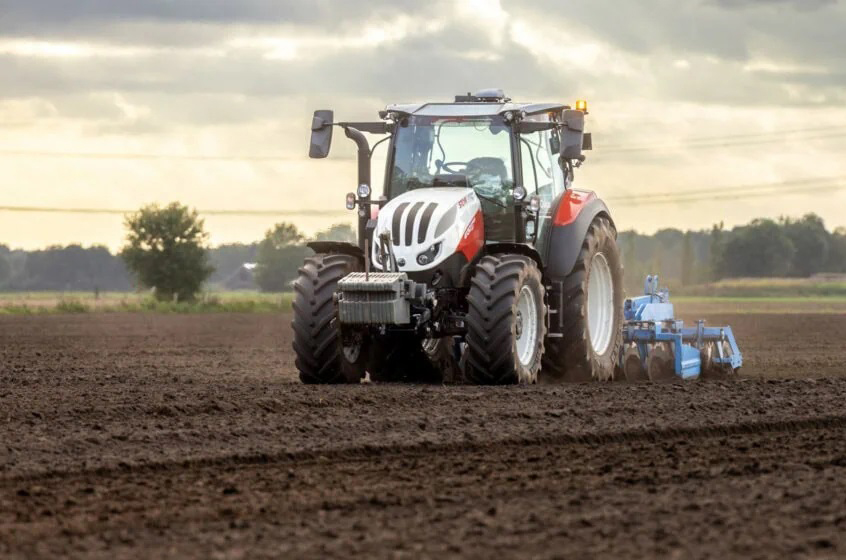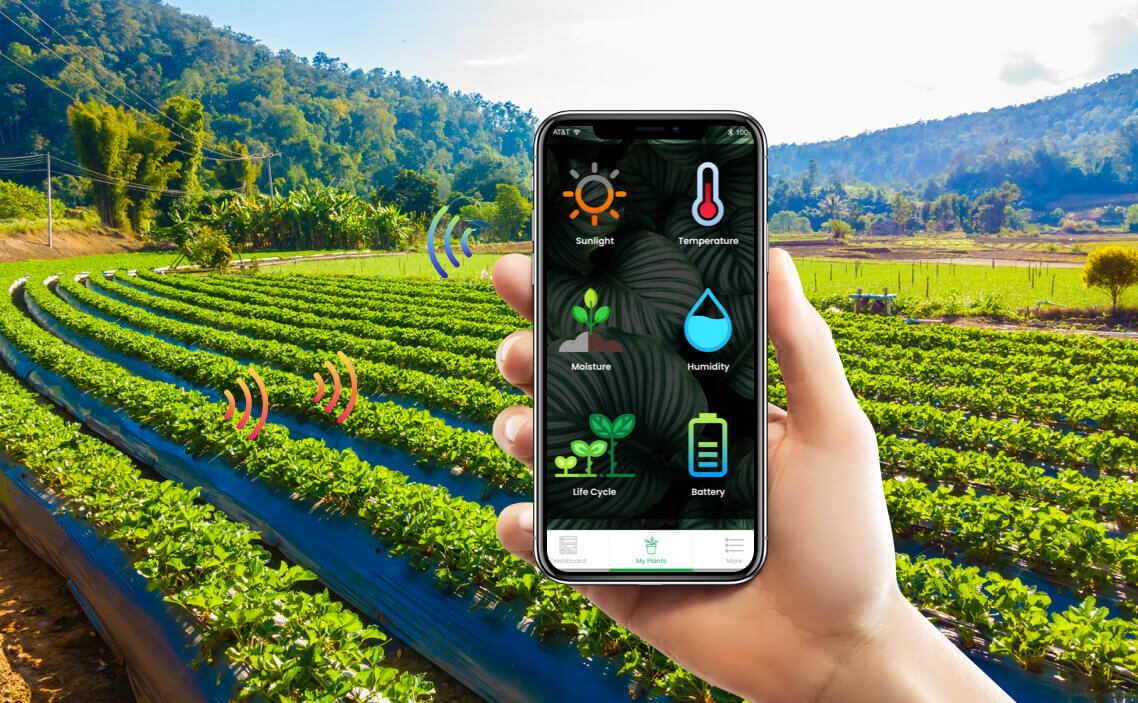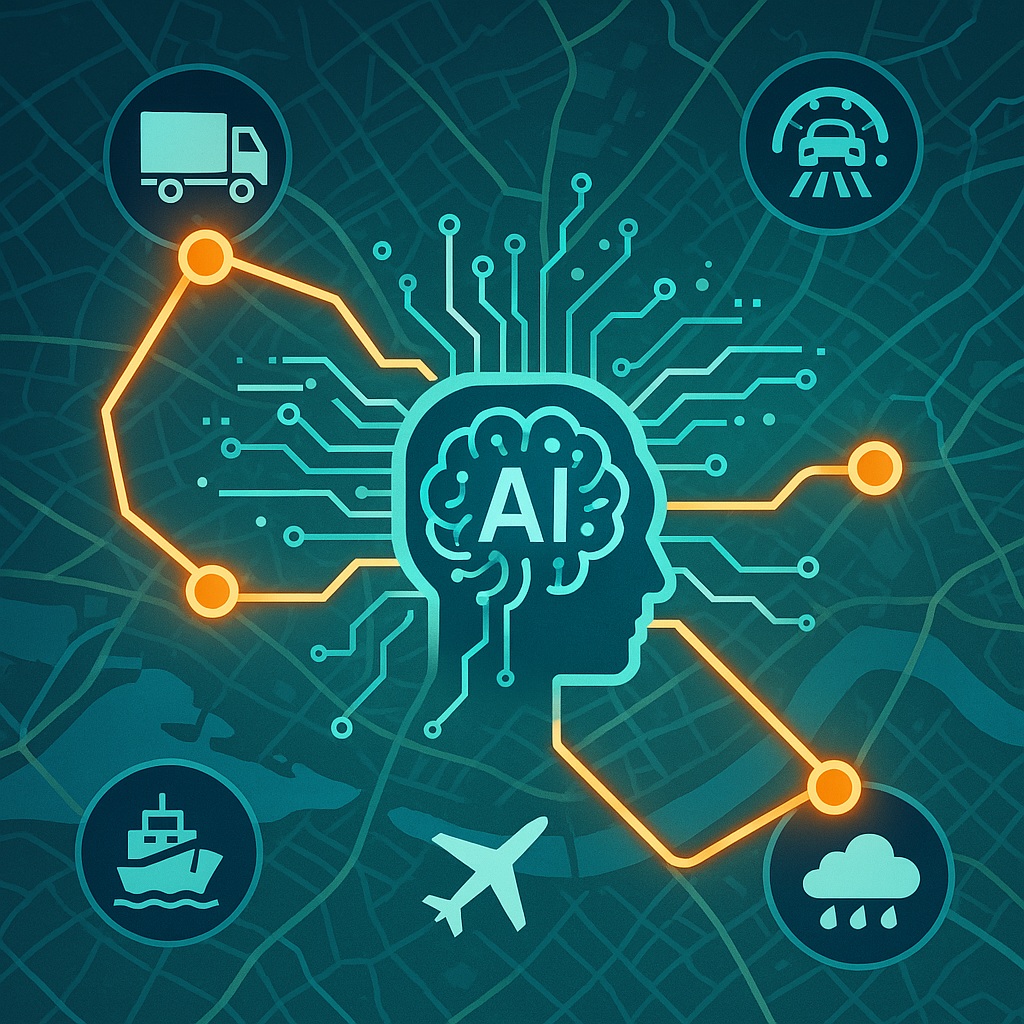Advanced Telematics for Modern Agriculture

In the world of modern agriculture, precision and process control have become key elements to improve productivity, sustainability, and profitability. In this rapidly evolving scenario, technology plays a crucial role, especially when it comes to monitoring agricultural vehicles and optimizing field activities. This is where Synapsis FMX Smart CAN Control comes into play—our solution based on the FMB140 device from Teltonika, designed to bring agriculture into the IoT era.
A Common Challenge: Monitoring and Managing Agricultural Vehicles
Farming companies often have to manage fleets of tractors, harvesters, and other operational vehicles in complex and geographically dispersed contexts. The lack of real-time visibility into vehicle behavior and the absence of data on fuel consumption, working hours, or performed operations can lead to inefficiencies, excessive fuel use, and difficulties in ensuring proper maintenance.
Our Answer: Synapsis FMX Smart CAN Control
Synapsis FMX Smart CAN Control is the system designed by Mative to collect, analyze, and transform data from agricultural vehicles into strategic information, leveraging the capabilities of the FMB140. Thanks to access to CAN bus data and high-precision GPS localization, the device enables you to:
- Monitor vehicle position and activity in real time
- Detect operational data such as speed, engine RPM, fuel level, and operating hours
- Receive alerts in case of anomalies or non-compliant behavior
- Optimize routes and resource usage
A Flexible, Integrable, and Customizable System
Our device is compatible with a wide range of agricultural vehicles and easily integrates with the Mative Synapsis IoT platform, which offers intuitive dashboards, smart notifications, and detailed reports. Additionally, you can enable extra features such as:
- Dynamic geofencing, to always know if a vehicle enters or leaves a specific area
- AI analysis of collected data, to identify usage patterns and suggest improvements
- Maintenance scheduling, based on actual vehicle usage
Concrete Impacts in the Field
The adoption of Synapsis FMX Smart CAN Control has already proven to deliver tangible benefits:
- Reduction of operating costs thanks to consumption monitoring and breakdown prevention
- Increased efficiency of agricultural operations through smart task planning
- Better traceability of activities, also useful for certifications and quality controls
- Greater safety for operators and vehicles
A Step Towards the Agriculture of the Future
At Mative, we believe that technological innovation should be accessible and functional. With Synapsis FMX Smart CAN Control, we support farmers, cooperatives, and agri-food companies in their digitalization journey, providing concrete tools to face sector challenges in a sustainable, efficient, and data-driven way.
To find out how to integrate Synapsis FMX Smart CAN Control into your farming business, contact us: we will be happy to guide you on your path towards Agriculture 4.0.

